76 Years Ago Today, 25 Japanese Class-A War Criminals Were Convicted!d!
On November 12, 1948, 25 Japanese Class-A war criminals were convicted by the International Military Tribunal for the Far East. These war criminals, whose hands were stained with the blood of the Chinese people and people of other Asian countries, were charged with crimes including “Crimes Against Peace”, “Common War Crimes”, and “Crimes Against Humanity”. They were the ringleaders and masterminds behind Japan's aggressive war of invasion!
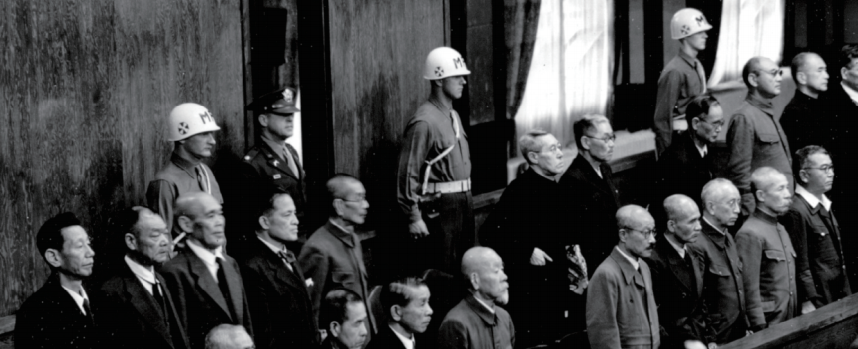
Japanese Class-A war criminals in the dock at the International Military Tribunal for the Far East
What kind of crimes did they commit? How did they face justice? Let’s take a look.
Their Sins Were Too Numerous to Count
Almost all of these Japanese Class-A war criminals were directly involved in the War of Aggression against China or bore significant responsibility for formulating and executing Japan's policies of aggression against China.
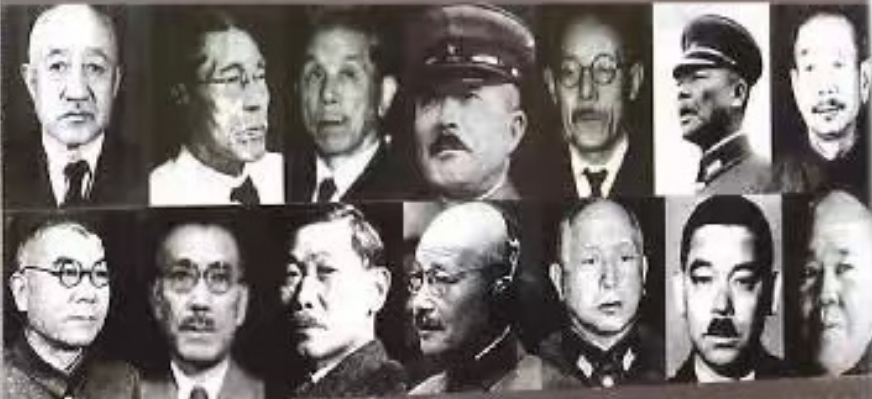
The 14 Class-A war criminals enshrined in Yasukuni Shrine
Tojo Hideki, the leader of Japan's fascist ruling group, supported the right-wing fascists in Japanese Army headquarters in plotting and initiating the September 18 Incident, an armed invasion of Northeast China. He was one of the main advocates of Japan's aggression to foreign countries.
Matsui Iwane bore undeniable responsibility for the Nanjing Massacre. As the commander of the Japanese Central China Area Force, he ordered the “‘mopping-up’ operation of the city in districts” after occupying Nanjing, leading to the horrific Nanjing Massacre.
Others included Itagaki Seishiro, one of the main perpetrators of the September 18 Incident; Dohihara Kenji, who participated in planning the September 18 Incident; Umezu Yoshijiro, one of the main decision-makers in Japan's aggression against China; Kimura Heitaro, who led Japanese troops in mopping-up the Lunan Anti-Japanese Base; and Hirota Koki, one of the masterminds behind Japan's comprehensive aggression against China…
They were all executioners whose hands were stained with the blood of the Chinese people and people of other countries in Asia, responsible for heinous crimes against world peace and condemned by history as infamous criminals.
The Criminals' Desperate Attempts to Cover Up Their Crimes
From May 3, 1946, to November 12, 1948, the International Military Tribunal for the Far East conducted trials against these Japanese Class-A war criminals. They attempted to cover up their guilt with a bunch of lies that distorted the facts and clung stubbornly to their militaristic extreme position.
Tojo Hideki even attempted suicide to avoid accountability. After failing in his suicide attempt, he ultimately sat on the defendant's seat. His 320-page, 200,000-word confession was filled with weak justifications, including the claim that “Japan acted purely in self-defense” and that “Japan had never invaded Manchuria”. Eventually, his absurd logic was shattered by the Chief Prosecutor, Joseph B. Keenan, with a rigorous rebuttal interrogation.
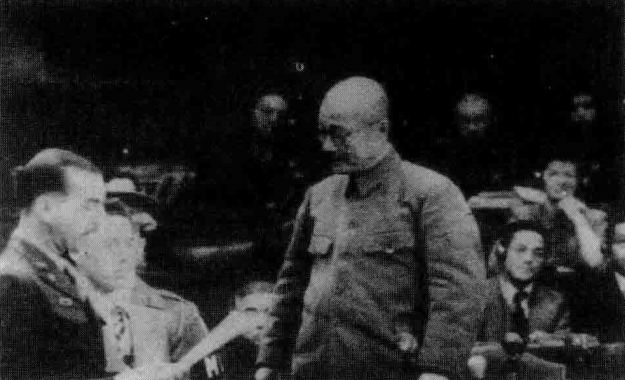
Tojo Hideki at the trial
Matsui Iwane also tried to shrug off his own culpability. He stated, “When Nanjing fell, I was ill in Suzhou. I only entered the city on December 17. As for the massive massacre and atrocities described by the prosecutor, I never received such reports...” Canadian prosecutor Henry Grattan Nolan engaged in multiple debates with Matsui's defense lawyers in court, holding Matsui accountable for his primary role in the Nanjing Massacre atrocities.
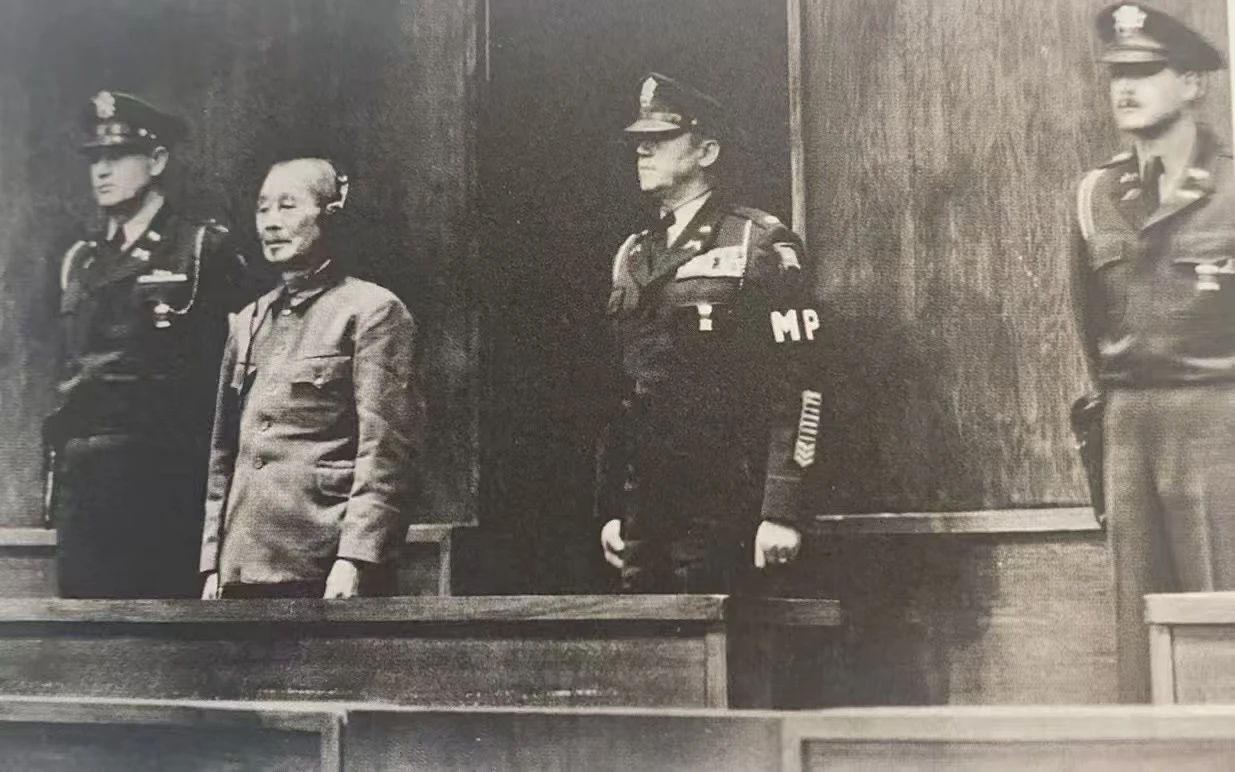
Matsui Iwane at the trial
Itagaki Seishiro repeatedly claimed that the September 18 Incident was an accidental event rather than an orchestrated conspiracy by him or several aides and staff. From October 8 to 10, 1947, Judson T.Y. Nyi, the chief legal advisor to the Chinese prosecutors, cross-examined Itagaki Seishiro 122, 202, and 168 times respectively in court, totaling nearly 500 questions.
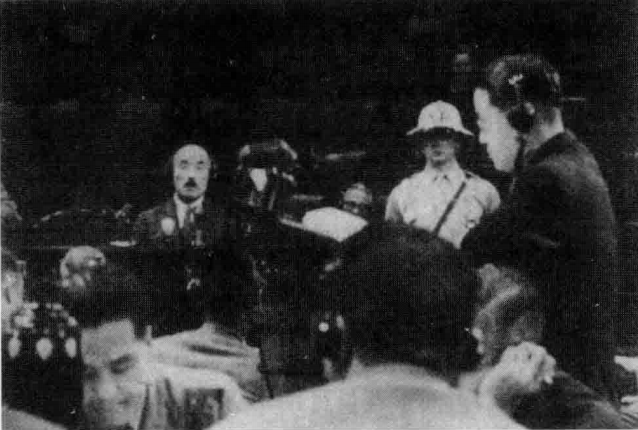
Judson T.Y. Nyi testified against Itagaki Seishiro at the court
The International Military Tribunal for the Far East held over 800 court sessions, heard testimony from 419 witnesses, received 779 written testimonies, accepted over 4,300 pieces of evidence, and produced about 50,000 pages of records…… The Chinese prosecution team found Nanjing Massacre Survivors, such as Wu Changde, and witnesses such as Dr. Robert Wilson and Pastor John Magee, who took the witness stand to testify the Japanese imperialists’ heinous crimes. Confronted with numerous documentary evidence, witness testimonies, and defendants' confessions, these war criminals were exposed and rendered speechless.
The Final Verdict of Justice
On November 12, 1948, the International Military Tribunal for the Far East announced its verdict. Of the 28 Japanese Class-A war criminals tried, 25 were convicted. Two defendants, Matsuoka Yosuke and Nagano Osami, died during the trial, while Okawa Shumei’s trial was suspended due to mental illness.
Seven criminals were sentenced to death by hanging: Tojo Hideki, Dohihara Kenji, Itagaki Seishiro, Hirota Koki, Kimura Heitaro, Muto Akira, and Matsui Iwane. Sixteen criminals were sentenced to life imprisonment: Araki Sadao, Hashimoto Kingoro, Hata Shunroku, Hiranuma Kiichiro, Hoshino Naoki, Kido Koichi, Koiso Kuniaki, Minami Jiro, Oka Takasumi, Oshima Hiroshi, Sato Kenryo, Shimada Shigetaro, Suzuki Teiichi, Kaya Okinori, Shiratori Toshio, Umezu Yoshijiro. Shigemitsu Mamoru was sentenced to 7 years in prison, while Togo Shigenori was sentenced to 20 years in prison.

The seven defendants sentenced to death by hanging. From top left: Itagaki Seishiro, Tojo Hideki, Dohihara Kenji, Hiroki Hirota, Matsui Iwane, Muto Akira, Kimura Heitaro
The convictions of the Japanese war criminals by the International Military Tribunal for the Far East have long been recognized by the international community. Their crimes have permanently nailed them to the pillar of shame in history!

